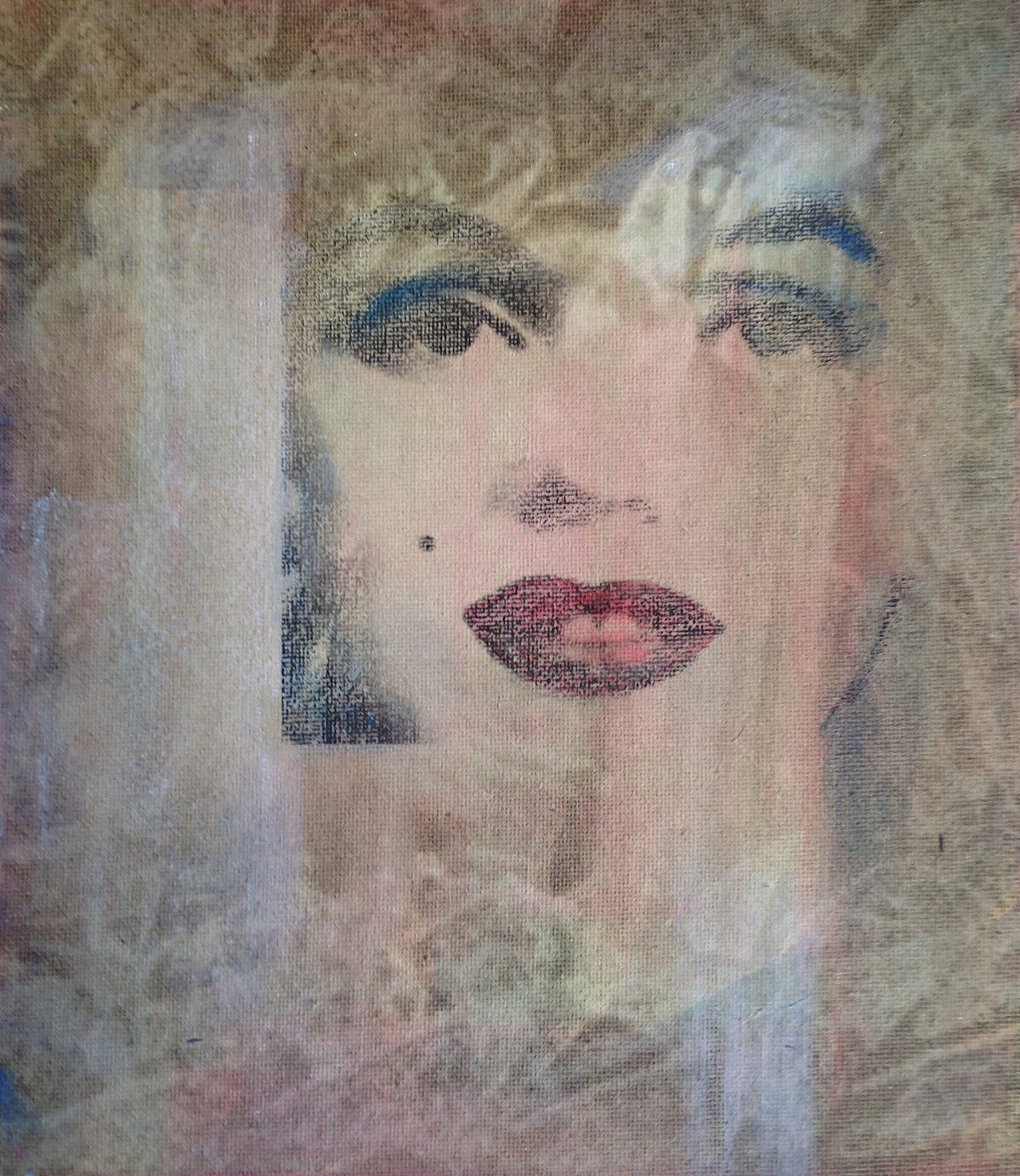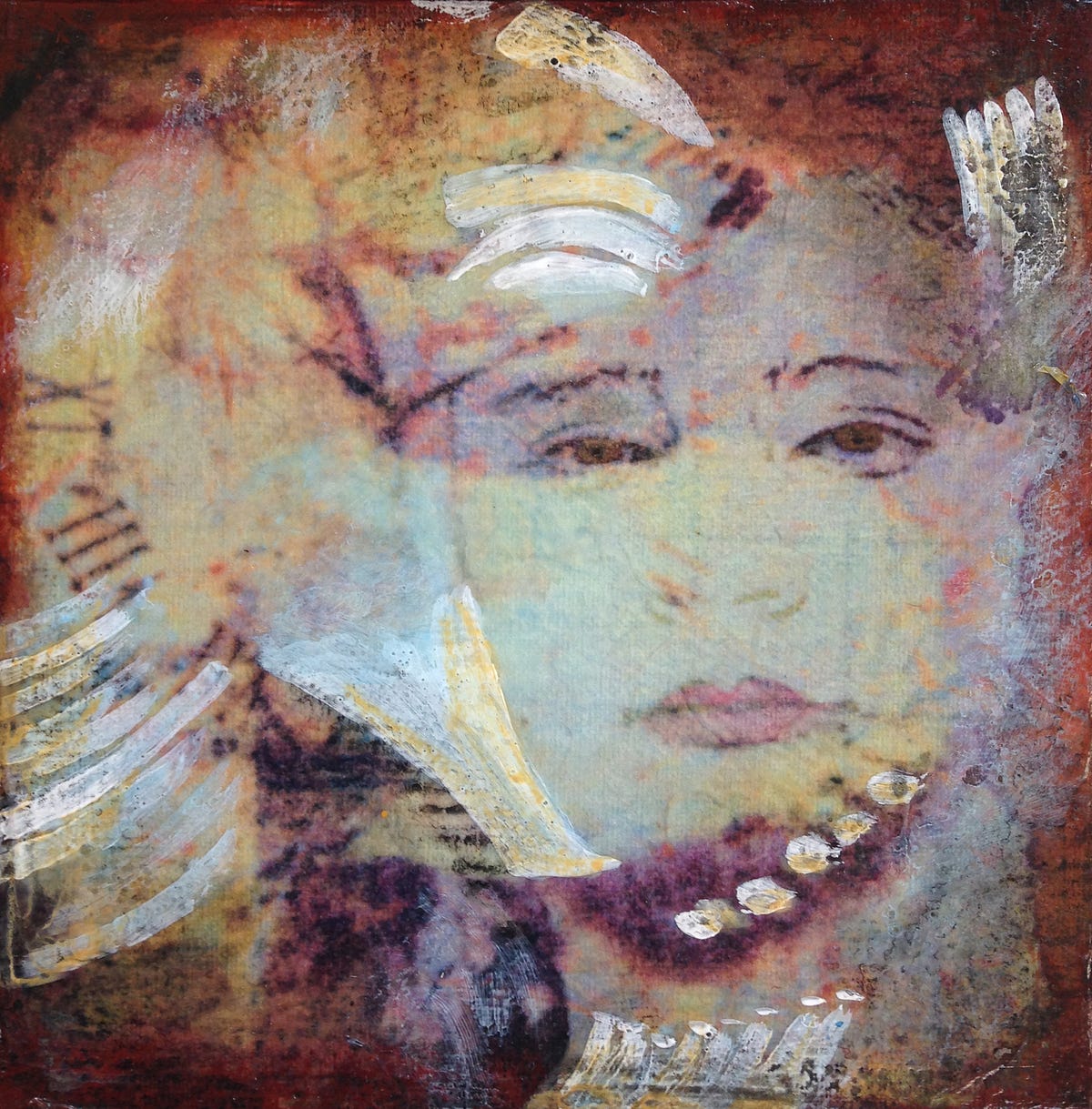Creativity in everyday life — What I like about camping
What I like about camping
Waking up in the morning to the sound of birds chirping and the wind in the trees is one of the best sensations or is it feelings ever. There is something about nature’s sounds that triggers a relaxation or happy button in people.
Sally Augustine PhD, agrees with me in the article, Take a Walk! (https://www.psychologytoday.com/ca/blog/people-places-and-things/201705/take-walk). She says;
Walking in natureor where we can see it has the added benefit of restoring our mental energy. Our cognitive energy banks are depleted when we spend time concentrating — on our work or on learning something new, for example. Seeing nature helps us get back to tip top intellectual performance. Research has also shown that spending as few as five minutes walking in nature results in large improvements in self-esteemand mood. Longer periods in nature generate additional benefits, although the per-minute return decreases after the high values of those initial five minutes.

How can this benefit your creative life? Nature can not only renew your energy and relax you, the experience leads to you balancing your life with moments that add to your creativity. We shouldn’t always be working. We should spend time enjoying what is around us. We need to balance our passion or creativity with other moments in life. We need a creativity and life balance. Benjamin Hardy ( https://medium.com/@benjaminhardy/10-questions-to-know-if-youve-really-found-your-passion-and-purpose-3cb0a415e03e)says;
When you have a harmonious passion, your life continually gets better. You become better. Your health becomes better. Your relationships become better. Your finances become better. Your environment becomes better.
If camping is not your ‘joy’, how about a walk in nature? Or gardening? Or going for a canoe paddle? Find a nature moment to suit your tastes. Find a way to reconnect with nature.
I am sure that you get the picture now. Now the rest is up to you….. Ready, set, go!
Remember to break it down into small steps….
Start today towards your goal to be an artist.
Doris’ website:www.dorischarest.ca
I have creativity courses and art courses online at :https://www.udemy.com/user/dorischarest/
All photography and artwork by Doris Charest
Thanks for reading, and please do recommend, like, share, comment, etc. Thanks.
Till next time …























